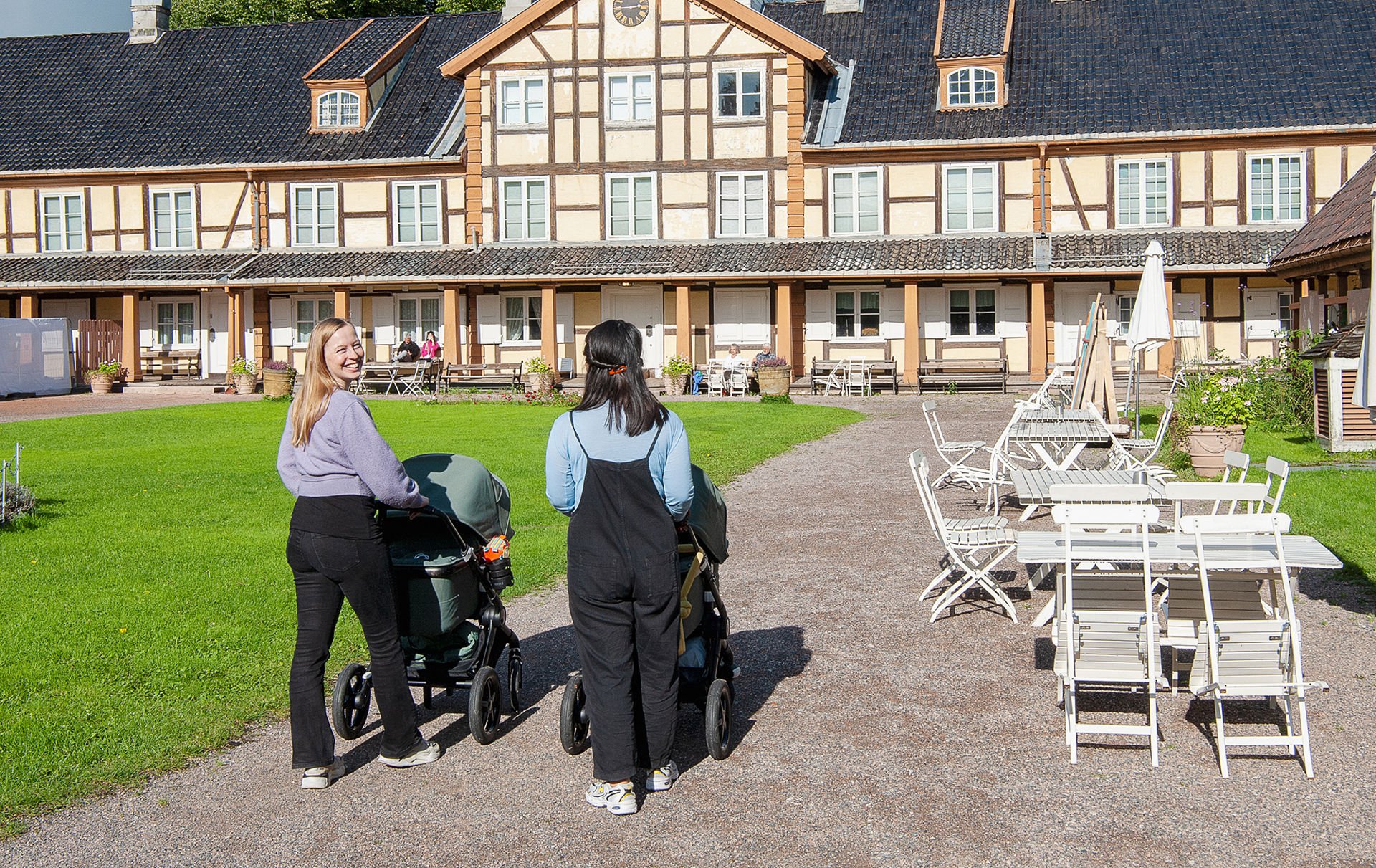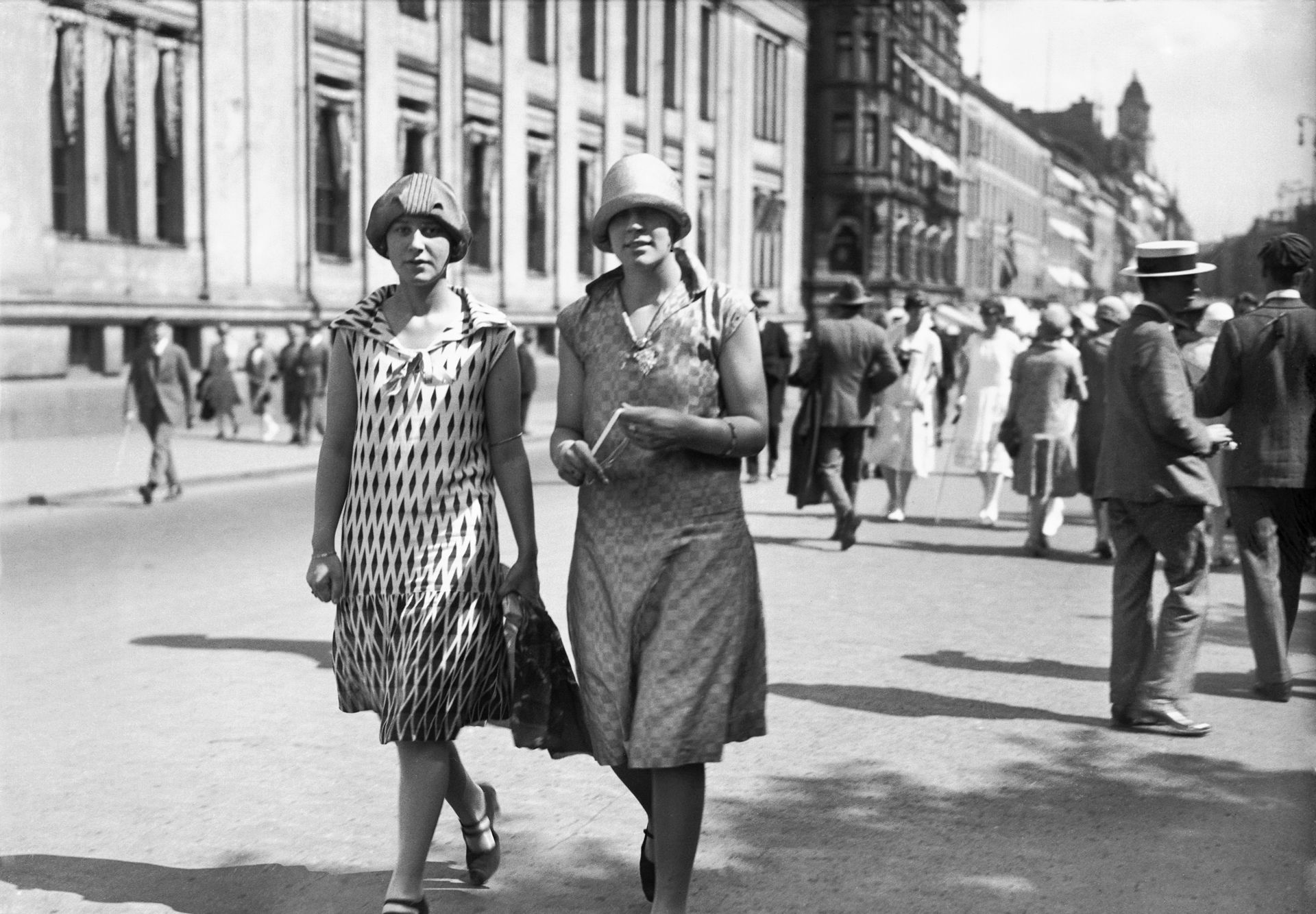
In August 1624, large parts of the old city of Oslo were reduced to ashes. Get to know the new city that emerged.

What did Grandma’s kitchen look like? Do you recognize details from the 1950’s kitchen? See five different kitchens from the Middle Ages to 1950.
The Museum of Oslo, Halvdan Svartes gate 58
Permanent exhibition
The kitchen is the room that has changed the most throughout history. The development of technical aids has revolutionized the kitchen over the past two hundred years.
In this exhibition, you can see five different kitchens from the Middle Ages to 1950. Do you recognize details from you own or other people’s kitchens?


Tuesday and Wednesday: 11am–4pm
Thursday: 11am–6pm
Friday, Saturday and Sunday: 11am–4pm
Adults: NOK 120,-
Students: NOK 60,-
Children and youth (under 26): Free admission
Free admission for everyone on the first Thursday of the month.
Tickets include entrance to the Museum of Oslo and the Theatre Museum.
Address: Halvdan Svartes gate 58, 0266 Oslo
Take tram 12 or bus 20 to Frogner plass, or all subway lines to Majorstuen

The Museum of Oslo is beautifully located at Frogner Manor in the Frogner park, together with the Theatre Museum. Here, you can familiarize yourself with the history behind today’s diverse city. Experience a variation of exhibitions about Oslo’s history, urban development, the city’s inhabitants, and current issues facing the Oslo of today.
You can also visit our pleasant café and gift shop.

In August 1624, large parts of the old city of Oslo were reduced to ashes. Get to know the new city that emerged.

Who are we, the people who make up Oslo today? Meet some of the many people who have chosen to share parts of their lives.

Life in Oslo in the 1920s: technological innovation, jazz, dance, and women’s liberation – but also social inequality, poor housing conditions, and political strife.